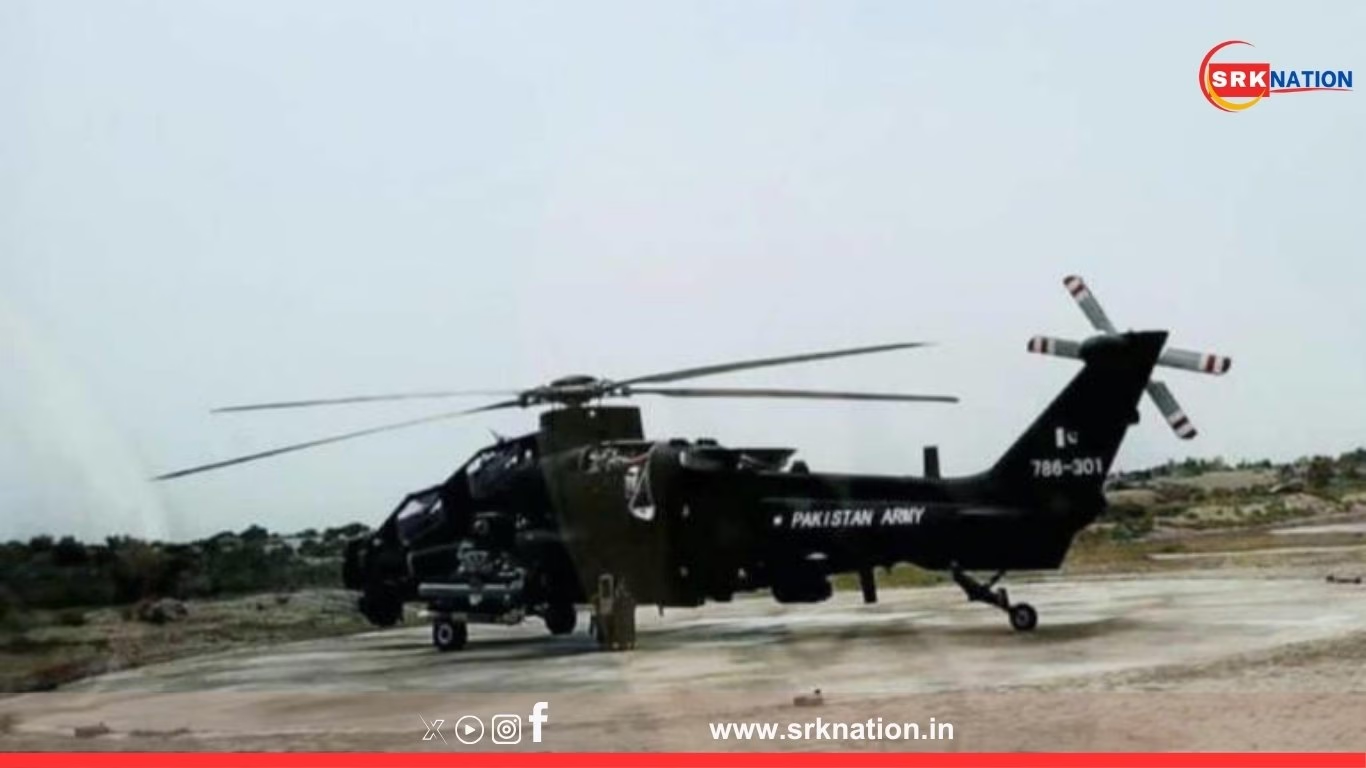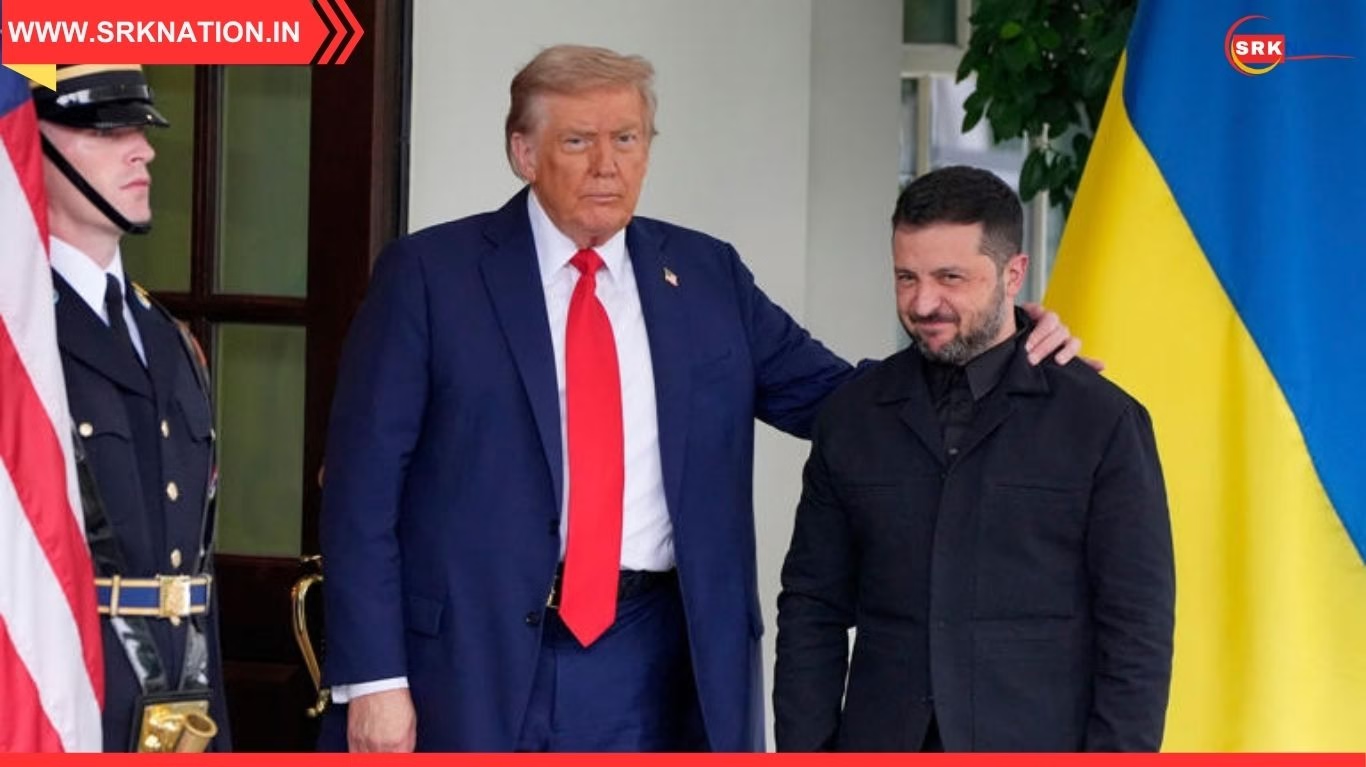In a major development that signals a deepening of Sino-Pakistani defense cooperation and a potential shift in the regional military balance, China has successfully completed its first international sale of the Z-10ME attack helicopter to Pakistan. The export of this advanced combat helicopter marks a critical milestone for China’s burgeoning military-industrial complex and introduces a new variable in South Asia’s evolving strategic dynamics.
According to reports emerging from both Islamabad and Beijing, the Z-10ME helicopters — a heavily upgraded export variant of China’s Z-10 attack helicopter — are expected to strengthen Pakistan’s offensive and anti-armour capabilities. The deployment of these helicopters will likely bolster Pakistan Army Aviation’s capacity to operate in high-altitude and complex operational environments, including those along the Line of Control and in counter-insurgency missions.
Z-10ME Deal: A New Era for Chinese Military Exports
The deal with Pakistan is the first confirmed overseas sale of the Z-10ME, a platform developed by Changhe Aircraft Industries Corporation under the Aviation Industry Corporation of China (AVIC). While the number of helicopters delivered under the first phase remains undisclosed, defense analysts believe it may range between 6 to 12 units, with options for further purchases depending on operational performance.
The Z-10ME variant is specifically designed for export, featuring upgraded avionics, enhanced armour protection, modern missile systems, and superior heat management — features aimed at competing with Western and Russian platforms such as the AH-64 Apache and Mil Mi-28.
| Specification | Z-10ME Variant |
|---|---|
| Max Takeoff Weight | Approx. 8,000 kg |
| Engine Power | Enhanced WZ-9 engines (turbo-shaft) |
| Armament | 30mm autocannon, ATGMs, air-to-air missiles |
| Survivability Enhancements | Infrared suppressors, modular armour, flare dispensers |
| Combat Radius | Estimated 500 km |
Strategic Implications for South Asia
Pakistan’s acquisition of the Z-10ME comes at a time when regional tensions remain high, particularly with India. Islamabad had previously sought to procure AH-1Z Viper attack helicopters from the United States, but the deal was suspended due to deteriorating U.S.-Pakistan defense relations and export restrictions.
With the Z-10ME now filling this gap, analysts suggest the move signifies a strategic pivot toward deepening reliance on Chinese defense platforms. This aligns with broader trends of Islamabad reducing its dependence on the West and expanding bilateral defense ties with Beijing.
For India, the introduction of Z-10MEs in the region adds another layer of complexity to its security calculus. India has already inducted Boeing AH-64E Apache helicopters into its fleet, and the two platforms are expected to shape future aerial doctrines in the subcontinent.
Comparison: Z-10ME vs AH-64E Apache
| Feature | Z-10ME (China) | AH-64E Apache (USA) |
|---|---|---|
| Crew | 2 | 2 |
| Engine Power | WZ-9 Enhanced | GE T700-701D |
| Main Gun | 30mm autocannon | 30mm M230 chain gun |
| Max Speed | 270 km/h | 293 km/h |
| Combat Range | ~500 km | ~480 km |
| Missile Compatibility | HJ-10, TY-90, unguided rockets | AGM-114 Hellfire, AIM-92 Stinger |
| Avionics | Chinese domestic suite | Advanced US avionics + radar |
| Export Availability | Recently entered market | Widely exported worldwide |
While the Apache still retains technological superiority, the Z-10ME’s affordability and adaptability make it a viable option for many developing countries. Pakistan’s endorsement may further encourage other nations in Africa, Asia, and the Middle East to consider the Z-10ME.
Why Pakistan Chose the Z-10ME
Pakistan’s previous test and evaluation of the Z-10 platform began as early as 2015, with at least three units inducted on a trial basis. Although the initial variant reportedly fell short in high-altitude performance, the Z-10ME is said to have corrected many of those shortcomings. With engine upgrades, enhanced cooling systems, and modular electronic warfare packages, the helicopter now suits Pakistan’s varied geographical requirements.
Some of the key reasons behind Pakistan’s selection include:
- Strategic Alignment with China: Continued defense cooperation, including joint ventures like the JF-17 Thunder program.
- Cost-Effectiveness: Lower procurement and operational costs compared to Western helicopters.
- Technology Transfer Possibilities: Potential collaboration in maintenance, training, and co-development.
- Export Flexibility: No risk of export restrictions like those encountered with U.S.-origin systems.
Growing Chinese Footprint in Global Arms Market
The successful export of the Z-10ME highlights China’s rising influence in the global arms market. With competitive pricing, flexible financing, and fewer political constraints, Chinese defense products are increasingly gaining market share in Asia, Africa, and Latin America.
According to recent data, China is now the world’s fourth-largest arms exporter, following the U.S., Russia, and France. Its key clients include Pakistan, Myanmar, Bangladesh, Nigeria, Algeria, and Iraq.
| Top Chinese Defense Exports (Recent Years) | Recipient Countries |
|---|---|
| Wing Loong II UAVs | UAE, Egypt, Nigeria |
| Type 054A Frigates | Pakistan, Thailand |
| CH-series Drones | Saudi Arabia, Iraq |
| Z-10ME Attack Helicopters | Pakistan (First Buyer) |
| VT-4 Main Battle Tanks | Thailand, Nigeria |
Reactions from India and Global Observers
While India has not officially responded to the Z-10ME deal, strategic experts believe New Delhi will closely monitor the induction process and its impact on Pakistan’s tactical capabilities. Indian defense planners may also reevaluate countermeasures or consider accelerating the procurement of additional Apache helicopters or indigenous Light Combat Helicopters (LCH).
Western observers have noted the significance of China’s success in exporting advanced attack helicopters. It reflects growing confidence in Chinese technology and marks a new chapter in Beijing’s ambition to challenge U.S. and Russian dominance in the global military helicopter market.
Regional Outlook: A New Military Equation?
With Pakistan now operating advanced Chinese drones, fighter jets, and now attack helicopters, the country’s strategic reliance on Beijing has reached new heights. This closer alignment may also involve joint training exercises, logistics support, and broader interoperability, further altering the military balance in South Asia.
India, meanwhile, continues to diversify its defense imports while boosting domestic defense production through the ‘Aatmanirbhar Bharat’ (self-reliant India) initiative. Indigenous platforms like the LCH ‘Prachand’ may emerge as critical tools in countering aerial threats posed by the Z-10ME.
Conclusion
China’s maiden export of the Z-10ME attack helicopter to Pakistan marks a significant breakthrough for both countries. For Beijing, it’s a validation of its defense manufacturing capabilities on the global stage. For Islamabad, it fills a critical gap in its attack helicopter fleet at a time of increasing strategic demands.
As this development unfolds, the regional and global implications will likely be closely watched by defense analysts, policymakers, and rival states alike.
Disclaimer: The information provided in this article is based on available data from defense sources and regional military analysts. The actual capabilities and future operational performance of the Z-10ME helicopters may vary based on deployment conditions and tactical usage.











